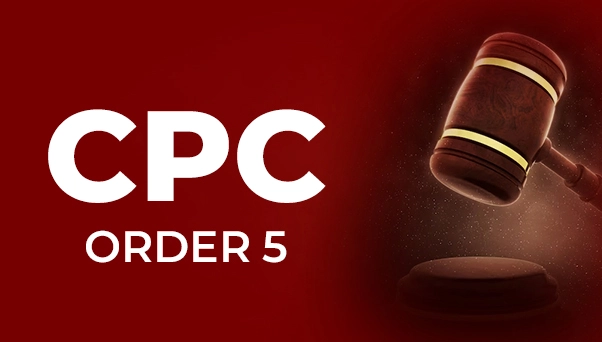1. Jurisdiction:
The Code of Civil Procedure (CPC) delineates the authority and scope of various courts according to several factors, including the nature of the legal issue at hand, the geographical jurisdiction, and the pecuniary jurisdiction (financial value associated with the dispute). The CPC serves as a framework to guide the allocation of cases among different courts.
2. Initiation of Suits:
The text highlights the legal steps for initiating a civil lawsuit. It explains the necessary elements of the plaint, which outlines the plaintiff's allegations. Additionally, it covers the proper procedures for issuing and delivering a summons to the defendant. Furthermore, it discusses the submission of written statements from both parties involved in the case.
3. Pleadings:
Pleadings are legal documents that each party submits, laying out their arguments and evidence. The CPC (Civil Procedure Code) governs the filing of these papers. It outlines the sequence initial statement, response, counter response, and amendments.
4. Evidence:
The code governs how proof gets shared in court, like statements from people and papers. It explains ways to initially ask witnesses about what occurred. It also allows questioning that challenges their accounts. And if needed, it permits follow up questioning to clarify or expand on prior testimony.
5. Interim Relief:
To maintain the current state until the lawsuit is resolved, the CPC offers ways to get temporary relief. This includes orders for injunctions, property attachment, receiver appointments, and other measures. The goal is to preserve the existing situation while the case proceeds towards its final conclusion.
6. Judgment and Decrees:
The procedure outlines how courts deliver verdicts and orders after examining proof and contentions from both sides. Some steps involve straightforward analysis; others require complex deliberations.
7. Execution of Decrees:
While civil courts pass rulings, the Code of Civil Procedure (CPC) outlines how to execute these decrees. It specifies processes like seizing and selling assets, arrests, or detentions to enforce court orders. Some procedures seem straightforward, though complexities arise in certain cases. Nonetheless, the CPC aims to facilitate decree implementation efficiently.
8. Appeals:
It establishes guidelines for appealing civil court judgments and rulings, outlining the appellate court hierarchy and deadlines.
Fundamentally, India's Code of Civil Procedure is vital for balanced, streamlined civil justice administration by establishing procedural parameters that consider all parties' interests.
